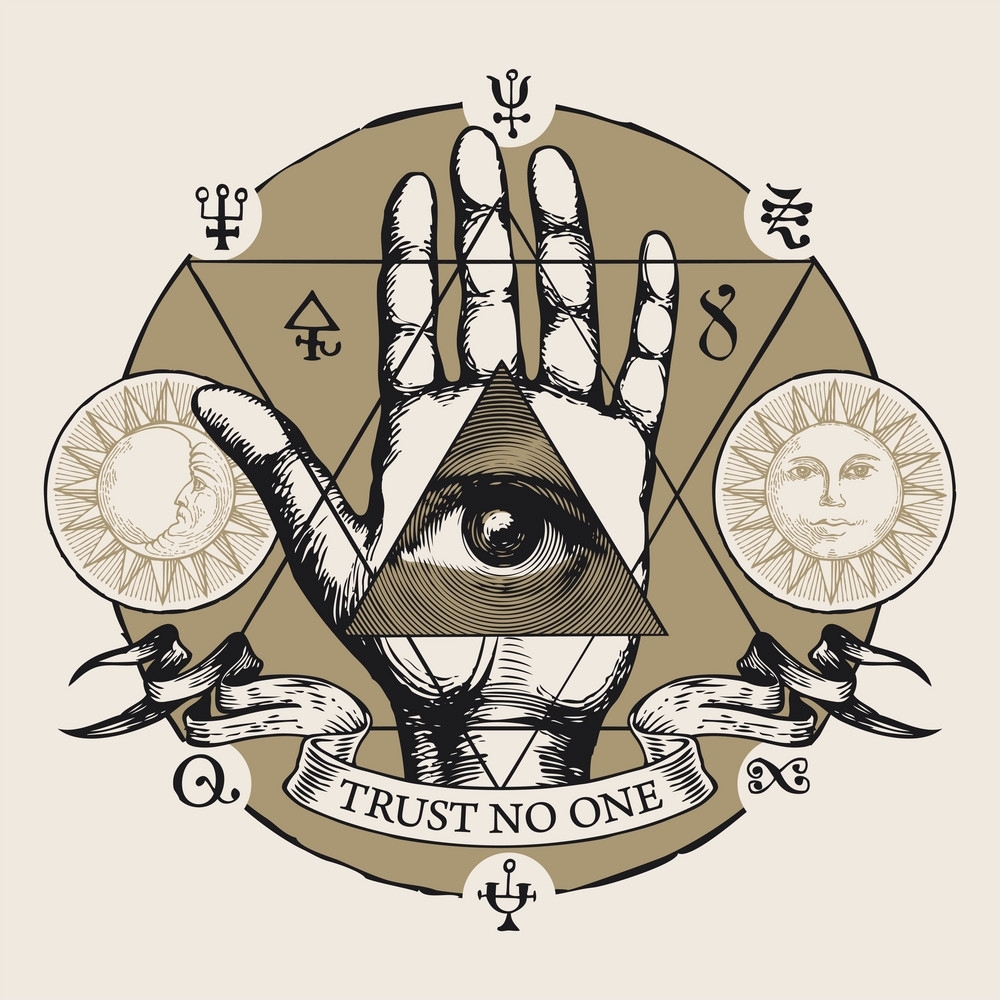This study, published in the Marburg Journal of Religion in June of 2001 and conducted by James R. Lewis of the Dept. of Philosophy and Religious Studies at the University of Wisconsin, is an attempt to gather meaningful statistical data on the demographics involved in Satanism. Below are his findings.
“The average Satanist is 26 years old (ranging from 14 to 56) who has been a Satanist for eight years (ranging from less than a year to 44 years for an individual who claimed to have been raised in a Satanist household). This means that the average Satanist became involved at age 18. The youthfulness of this average is not surprising, but the length of involvement is. Even when the respondents who claimed to have been Satanists all their lives are excluded, the average age only drops to 25 and the length of involvement to seven years. This means the average age at which someone becomes involved is still 18.
Most Satanists are male. One hundred and one survey respondents were male, thirty six were female, and two marked the item “not applicable.” The heavy predominance of males sets Satanism apart from the active memberships of most other religious bodies, old or new.
Most Satanists are Single. Ninety-six respondents–a full two-thirds of the sample–were single (though a few noted they were in long term relationships and a few others that they were engaged), thirty two were married; and twelve divorced or separated. Thirty one had children (eleven with one child, twelve with two children, seven with three children, and one with four children). This is not an unsurprising pattern, given the relative youth of Satanists.
…
Most Satanists are Caucasian. Two respondents were Asian-American, three Black, nine Hispanic, and Eleven noted that at least one of their ancestors was Native American. Two other respondents indicated that they were “multi-racial,” one was Turkish, and one was Indian (South Asian). Everyone else was “pure” Caucasian. This is also not surprising. Demographic studies of other alternative religions have found the predominance of participants to be White.
…
Satanists are employed in diverse occupations. Eighteen respondents were involved with computers and/or the internet. Forty were students. And eleven were writers or artists (fourteen if web writers are included). Otherwise, they ran the gamut from stripper to clinical psychologist, and from salesman to engineer.
…
Satanists are politically diverse. Fourteen respondents were Democrats, nine Republicans, sixty three non-political, and forty one Independent or Third Party. The significant number of Independent/Third Party respondents markedly sets Satanists apart from the larger population. This finding is congruent with what one might anticipate from people following an individualistic philosophy.
…
The traditions in which Satanists are raised reflect the general pattern of the larger society. Two respondents were raised as secular Jews, twenty eight were raised Catholic, seventy seven raised Protestant (sixteen explicitly mentioned Baptist and nine Lutheran), and twenty three nothing or no response. Many respondents indicated that their Christian upbringing was nominal, though several were the children of ministers. The only unusual responses were two respondents who were raised Neopagan and two raised as Satanists.
…
People become involved in Satanism in diverse ways, though more often through reading and personal study: Sixty four said they became involved through personal study/books (thirty explicitly mentioned the Satanic Bible), twenty four through other people, seventeen through the internet, and two through music (one specifically mentioned Marilyn Manson). Other responses were harder to classify: One respondent, for instance, said he became interested in Satanism as the result of a Geraldo Rivera program; another, that he became interested as a result of taking a religious studies class. If the seventeen internet responses are added to the sixty-four personal study/book responses, we can assert that the majority of Satanists become involved through reading.
…
Most Satanists have been involved in other religions, usually Neopaganism or some other magical group: Forty-five respondents (slightly less than a third of the sample) indicated that, beyond the religion in which they were raised, they had not been involved in any other form of spirituality before coming to Satanism. Forty eight mentioned Neopaganism, twenty two some other “left-hand path” (LHP–e.g., Thelemic Magic; Chaos Magic), twenty one an Eastern religion (fifteen Buddhism), and fourteen some form of Christianity (not counting the religion in which they were raised). These add up to more than the total number of respondents because twenty-two people had been involved in more than one other religion.
…
Most Satanists are humanistic (atheistic/agnostic) Satanists, reflecting the dominant influence of Anton LaVey’s thought. Sixty percent of respondents (84) said that Satan was a symbol, an archetype, myself, nature, or some other anti-theistic understanding of Satan. Twenty five indicated that Satan was an impersonal force. (Though not regarded as “supernatural,” this force is something not adequately understood by current science.) Nineteen were theistic Satanists, although even most of these respondents did not have what one would call a traditional view of Satan/god/demons. Twelve respondents did not answer this item.
Satanists believe in the efficacy of magic. Only fourteen respondents stated that they did not believe in magic. Fifteen others did not respond to this item. The balance did answer this question, though they often noted that magic was not “supernatural.” This again reflects the influence of LaVey on this issue. Eight-five respondents never meet with other co-religionists for religious/ritual purposes, thirty one rarely, and everyone else ran the gamut from one or two times a year to every week. In other words, more than eighty percent of all respondents rarely or never meet with co-religionists for religious/ritual purposes.
Finally, the Satanist community is an internet community. While more than half of all Satanists do not meet with their coreligionists face-to-face, Fifty-eight communicate with others in talk rooms or via e-mail on a daily basis and another thirty one communicate frequently. This finding is congruent with the scattered geographical distribution of Satanists.”
– James R. Lewis, Who Serves Satan -A Demographic and Ideological Profile


